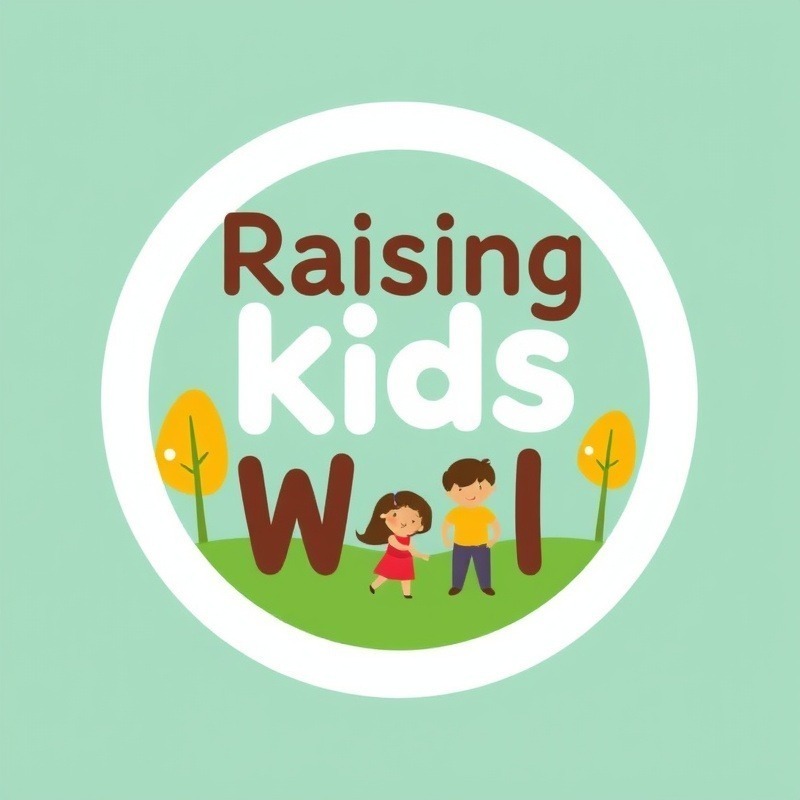
The Importance of Understanding Emotions Through the Zones of Regulation
For many parents, guiding their children through the turbulent waters of emotional growth can be daunting. One effective tool in this journey is the Zones of Regulation, a framework developed by Leah Kuypers that helps children identify and manage their emotions through a color-coded system. By breaking down emotional experiences into four distinct zones—Blue, Green, Yellow, and Red—children can gain self-awareness and learn strategies to regulate their feelings.
Diving Deeper Into the Zones of Regulation
Each zone represents a different emotional state:
- Blue Zone: Describes low energy and down feelings such as sadness or tiredness. When children find themselves in this zone, they may need comfort or encouragement to recharge.
- Green Zone: Represents a calm and alert state, ideal for learning. Children in this zone are focused and typically feel happy or content.
- Yellow Zone: Signifies heightened emotions and excess energy. In this zone, children might feel overwhelmed or silly and require strategies like deep breathing to calm themselves.
- Red Zone: Indicates intense feelings such as anger or panic. It's a critical state where children need assistance to regain control and make positive choices.
This structured approach provides children with a visual and conceptual method for recognizing what they are feeling and why, cultivating an emotional vocabulary that supports their expressive capabilities.
Benefits of Teaching Emotional Regulation
Through the practice of self-regulation, children learn vital life skills. Research indicates that consistent application of the Zones of Regulation can lead to improved emotional resilience, better interpersonal skills, and enhanced academic performance
Incorporating the Zones into daily routines offers the added benefit of fostering open communication about emotions at home. Parents can engage in meaningful conversations, guiding their children to reflect on their feelings and experiences. This not only enhances self-awareness but also strengthens the parent-child bond.
Practical Steps for Parents to Implement the Zones
Getting started with the Zones of Regulation at home could be as simple as:
- Create a Zones Chart: Hang a colorful visual representation of the zones in a common space. Encourage your child to reference it when discussing emotions.
- Practice Naming Emotions: During daily interactions, ask your child to express which zone they’re in. For example, “You seem a bit in the Yellow Zone, are you feeling nervous?”
- Develop a Calm-Down Kit: Include tools that can help your child transition out of the higher zones. Items such as stress balls, drawing materials, or calming playlists can be invaluable.
- Model Emotional Regulation: Show your children how you manage your emotions. Sharing your own strategies for staying in the Green Zone can offer them valuable life lessons.
Using these techniques can empower children to take an active role in their emotional health, fostering a lifelong understanding of self-regulation.
The Broader Impact of the Zones in Education and Therapy
Widely embraced in educational and therapy settings across various countries, the Zones of Regulation framework has transformed how children engage with their emotions in schools. Teachers report a substantial decrease in behavioral issues and an increase in positive social interactions when students are equipped with the Zones.
Therapists also appreciate the shared language the Zones provide, allowing for greater collaboration with parents and educators to support children effectively. This coalition fosters a supportive community centered around the child's well-being.
Looking Ahead: The Future of Emotional Regulation
The growing recognition of emotional intelligence in family and educational frameworks signifies a progressive shift toward holistic child development. As we continue to champion emotional learning, integrating tools like the Zones of Regulation will lead to nurturing environments that embrace emotional growth, resilience, and connection.
Empowering Yourselves for Emotional Success
As parents, understanding and applying the Zones of Regulation at home can empower you and your child in navigating life's emotional challenges. By fostering an environment where emotions are recognized and validated, you create a foundation for healthier emotional development.
For parents looking to deepen their understanding of these tools and how to better support their children's emotional journeys, consider joining communities and networks that focus on emotional wellness and the practical application of the Zones of Regulation. The journey towards emotional maturity starts at home—let’s embrace it together!
 Add Row
Add Row  Add
Add 



Write A Comment